AS CORDAS DOS VULCÕES
[S. Miguel – Açores]
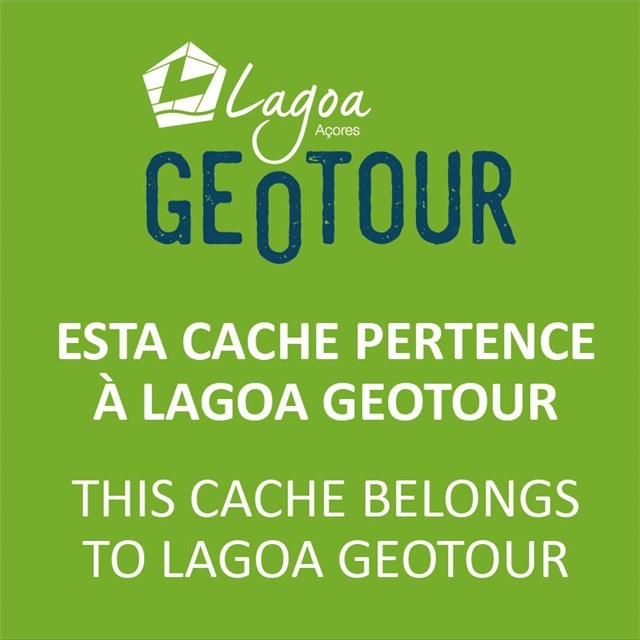
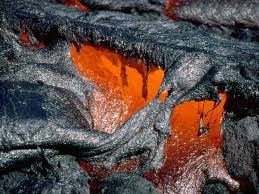
EARTHCACHE

PORTUGUÊS

LAVA
Lava (do italiano lava, derivado do latim labes: queda, declive ou penetrante) é a designação dada ao material geológico em fusão, com temperatura em geral entre os 600 °C e os 1250 °C, que um vulcão expele durante uma erupção. Embora em função da sua composição e temperatura, as lavas possam ter uma viscosidade superior a 100 000 vezes a da água, algumas delas, particularmente as máficas, podem ser bastante fluidas, o que em conjunto com as suas propriedades de tixotropia e de pseudoplasticidadepermite que as escoadas lávicas criadas pelas erupções efusivas (não explosivas) permaneçam ativas durante períodos longos e cheguem a percorrer mais de uma dezena de quilómetros antes de solidificar. A lava deriva diretamente do magma, o material em fusão que se encontra sob a superfície da Terra, cuja composição reflete, pelo que ao solidificar, depois de desgaseificar e arrefecer, forma escoadas lávicas constituídas pelas correspondentes rochas ígneas extrusivas.

VÁRIOS TIPOS DE LAVA
As lavas podem-se distinguir em:
- Lava fluida’’’ ou ‘’’lava básica – tem uma temperatura muito elevada, pobre em sílica e em gases. São lavas que se movem muito rapidamente e são características de erupções vulcânicas do tipo efusivo.
- Lava intermédia ou mista – é um tipo de lava com características intermédias entre as lavas ácidas e básicas.
- Lava Viscosa ou Ácida – lava de baixas temperaturas, rica em sílica e em gases. É uma lava que se move com muita dificuldade e característica de erupções vulcânicas do tipo explosivo.
Tipos de Escoadas lávicas
As três principais formas que os fluxos de lava podem tomar são: aa ou escoriácea, pãhoehoe ou encordoada, e pillow lava ou lavas em almofada.
'A'a'
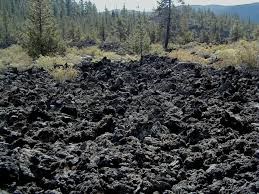

'Aa(do Havaiano a'â, que significa "pedregosa" ou também "queimar" ) ou escoriácea é um dos três tipos básicos de escoadas lávicas. As lavas Aa são caracterizadas pela sua superfície irregular, resultante da perda rápida de gases. É composta por blocos de lava fragmentados designados de clinker.
A superfície de uma escoada lávica Aa é solta, fragmentada e rugosa e serrilhada o que torna difícil caminhar sobre ela. A superfície de clinkercobre um núcleo maciço da escoada que foi a zona mais ativa desta durante o movimento da escoada. À medida que a lava viscosa do núcleo movimenta-se pela encosta o clinker é arrastado à superfície da escoada. Na frente das escoadas do tipo Aa os fragmentos arrefecidos caem em direção à base e são cobertos pela escoada que avança. Isto, leva à formação de duas camadas de fragmentos arrefecidos: uma na base e outra no topo da escoada lávica. As lavas do tipo Aa são geralmente mais viscosas do que as do tipo pahoehoe e estas últimas podem formar escoadas Aa se o fluxo de lava se tornar turbulento devido à presença de obstáculos no terreno.
‘Pahoehoe’
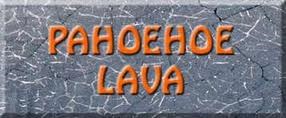
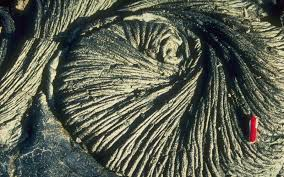
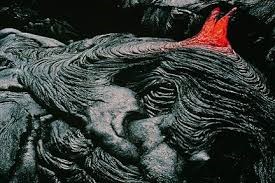
Pahoehoe (do Havaiano pahoehoe, que significa "macio") ou encordoada são geralmente escoadas de lavas basálticas. A sua superfície é macia e encordoada. As escoadas deste tipo avançam como uma série de pequenos lóbulos e dedos que rompem continuamente a superfície arrefecida. A textura da superfície das escoadas lávicas do tipo pahoehoe é muito variável apresentando várias formas referidas por vezes como esculturas de lava.
'Pillow lava'

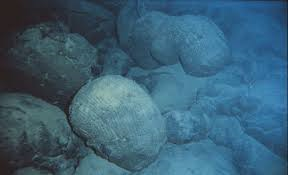
Pillow lava (do inglês, que significa "lava em almofada") ou lava em almofada. Pillow lava são as escoadas lávicas típicas das erupções vulcânicas submarinas. Esta denominação deve-se à sua secção aproximadamente esférica, semelhante a almofadas. As lavas em almofada formam-se não apenas em mar profundo, mas também quando as lavas subaéreas correm pelas vertentes entrando em contacto com o mar, rios ou lagos. As superfícies vítreas destas lavas não são lisas, apresentam gretas, enrugamentos e estrias lineares muitas das quais se intersectam em ângulos retos. As lavas em almofada podem encontrar-se numa enorme variedade de formas incluindo bolbosas, esféricas, achatadas, alongadas e tubulares, e variam em diâmetro de várias dezenas de centímetros a várias dezenas de metros, contudo, o seu tamanho típico varia entre 0,5 e 1 metro. O interior das lavas em almofada arrefece mais lentamente que a cobertura exterior vítrea e consequentemente é mais cristalino. A cristalização a taxas de arrefecimento progressivamente mais lentas em direção ao interior produz uma considerável variedade de texturas nas rochas.

Magma Ácido
Percentagem de sílica: > 70% Composição: Riolítica Viscosidade: Grande Manifestação externa: Formação de piroclastos. Densidade e ponto de fusão sem escoadas. Quanto maior é a percentagem de sílica, maior é a sua viscosidade, mais baixa é a temperatura menor é a tendência para formar lavas e maior para formar piroclastos. Quanto menor for a percentagem de sílica, menor é a sua viscosidade, mais alta é a temperatura, maior é a tendência para formar lavas e menor para formar piroclastos.
Lavas básicas
São compostas á base de basalto daí a sua semelhança com o mesmo, são pouco viscosas, atingem temperaturas entre 1100ºC a 1200ºC. Cerca de 80% das lavas expelidas por vulcões são básicas, percorrem grandes distâncias movendo-se lentamente. A fração volátil, além de ser relativamente reduzida, liberta-se facilmente. É nas erupções efusivas que, de moda geral, se liberta este tipo de lava.
Lavas ácidas
Apresentam temperaturas compreendidas entre 800ºC e 1000ºC, possuem alta viscosidade, fluem mais lentamente e solidificam dentro da própria cratera ou muito perto da mesma. Devido à sua viscosidade os gases têm dificuldade em libertar-se originando grandes tensões e consequentes explosões extremamente violentas. A violência dessas explosões pode originar a destruição parcial ou total do aparelho vulcânico e pulverizar a lava, solidificada ou ainda pastosa, que se acumula na cratera. Os fragmentos são projetados, solidificando os que ainda estão pastosos, no seu trajeto pelo ar e acabando por cair devido ao próprio peso. Estes fragmentos sólidos são designados por piroclastos e entre eles podem estar presentes fragmentos da rocha encaixante da chaminé. Quanto mais violenta for a explosão, menores são as dimensões dos piroclastos. Estes podem classificar-se de acordo com as dimensões dos fragmentos.
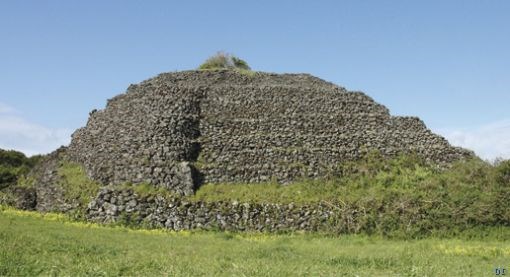
MAROIÇOS
Os maroiços existentes em várias ilhas açorianas, foram construídos por acumulação de lavas “Aa” (biscoitos) e são uma forma de desprega.
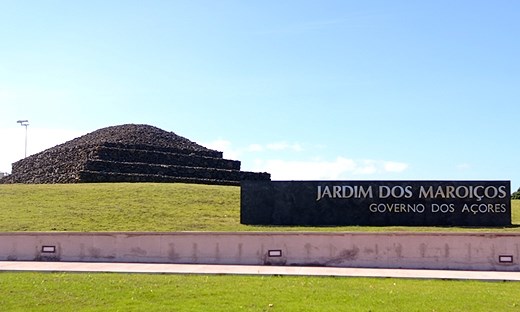
“Muitos dos terrenos açorianos caracterizam-se pela presença de abundantes produtos piroclásticos. Este "chão de biscoito" foi aproveitado para cultivar cereais, certamente em data anterior ao século XVIII, quando o milho se generalizou no arquipélago. A necessidade de limpar as terras para as tornar agricultáveis obrigou a remoção das pedras soltas, normalmente de pequena dimensão, que não podendo ser arrumadas num sistema de muros, tiveram de ser acumuladas no local. Desta forma, produziu-se uma paisagem monumental, dominada por grandes montes de pedra (maroiços), de formas grosseiramente cónicas, piramidais, frequentemente escalonadas, ou então com a estrutura de maciço alongado, mais ou menos extenso. Os maroiços têm paramentos laterais de aparelho irregular, construído com pedras maiores, enquanto o enchimento interno e a parte superior convexa são feitos com pedra miúda amontoada. Estes grandes maciços organizam-se no espaço e articulam-se com muros de vedação, delimitando e abrigando os terrenos de cultivo. Nas zonas de vinha, quando as paredes não arrumavam a pedra toda, também se ergueram maroiços que, neste caso, são um elemento paisagístico secundário. Tanto nas áreas de currais como nas áreas de maroiços, a pedra solta foi utilizada em construções de falsa abóbada que serviam de abrigo eventual a cultivadores, instrumentos de trabalho e mantimentos. Os abrigos de maroiço são pequenas construções no interior dos grandes amontoados de pedra, comunicando diretamente com o terreno de cultivo 7. As dimensões do vão indicam que a construção era usada sobretudo como abrigo de trabalhadores e alfaias agrícolas”.
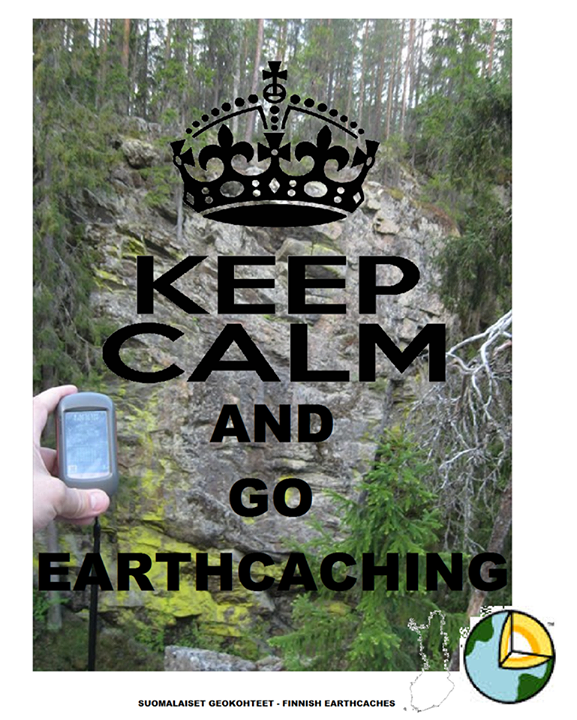
PARA REALIZAR E REGISTAR ESTA EARTHCACHE:
PERGUNTAS:
Para “encontrar/registar” esta cache deverá: provar que esteve no local e responder às seguintes questões, enviando um email/mensagem de Geocaching, com as respostas, em português ou em inglês, para o nosso perfil.
Só depois, de enviar as respostas, e conforme as “guidelines” para as Earthcaches, deverá efetuar o seu registo!
Serão removidos todos os registos que não obedeçam a estes requisitos.
1. A partir da descrição desta earthcache, responde às questões:
a) Qual a diferença entre magma e lava.
b) Quantos “tipos” de lava existem?
c) A temperatura da lava, em fusão, varia em que intervalo?
d) Distingue lavas básicas de lavas ácidas.
e) Identifica o “tipo” de lava presente, habitualmente, num Maroiço.
2. Na zona do GZ, existe um “tipo” de lava.
Observando a zona do GZ responde às seguintes questões:
a) Identifica o tipo de lava (nome) presente no GZ.
b) Carateriza a lava existente no GZ
c) Estima a área do fenómeno lávico existente no GZ
d) Identifica o “tipo” de rocha presente no GZ.
3. A partir do GZ , na direção NW e a uma distância de 90 metros, existe uma “escultura”. Qual o tipo de rocha que a constituí?
4. A partir do GZ, na direção Norte e a 40 metros, existe um edifício. Qual o seu nome?
5. TAREFA OBRIGATÓRIA:Deverá tirar uma foto sua, onde você apareça (ou com um papel/placa onde conste o seu nickname e a data da visita) e que comprove a sua presença no GZ desta EC - NÃO META SPOILERS. Esta foto deverá ser colocada no seu registo.
Não publique fotos do GZ.
Não responderemos ao seu contato, a não ser que haja algum “problema” com as suas respostas ou registo.
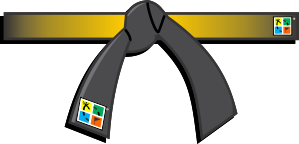
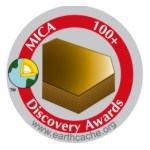


Esta earthache foi produzida durante o AÇORES GeoEarth 2015.
INFORMAÇÕES:
Esta cache fez parte da Geotour Ilha Verde/GreenIsland (a primeira GeoTour portuguesa), entre 18 de junho de 2015 e 18 de junho de 2016.
Poderá aproveitar para visitar a sede da Geotour AZORES, bem como registar alguns trackables, relativos a esta Geotour.
AGRADECIMENTOS:
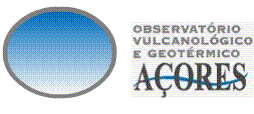
Agradecemos a especial colaboração do amigo geocacher Daniel Oliveira, bem como do
Professor Doutor Victor-Hugo Forjaz - Vulcanólogo de Engenharia, Jubilado
e do Observatório Vulcanológico e Geotérmico dos Açores (OGVA).

“AS CORDAS DOS VULCÕES”
THE STRINGS OF VOLCANOES
[S. Miguel - Azores]

ENGLISH

LAVA
Lava (from the Italian "lava", derived from the Latin "labes": fall, slope or penetrating) is the name given to the geological melt with temperatures generally between 600 ° C and 1250 ° C, a volcano expels during an eruption. Though depending on its composition and temperature of the lava may have a viscosity of 100 000 times that of water, some, particularly mafic can be quite fluid, which together with its properties of thixotropy and pseudoplasticity permits the lava flows created by effusive eruptions (non-explosive) to remain active for long periods and to go more than a dozen kilometers before solidifying. The lava comes directly from magma, the molten material that lies under the surface of the Earth, whose composition reflects, so to solidify, after degassing and cooling, lava flows formed by the corresponding form extrusive igneous rocks.
VARIOUS TYPES OF LAVA
The lavas are distinguished in:
• Fluid Lava or basic lava- has a very high temperature poor in silica and gases. Lavas are moving very quickly and are characteristic of volcanic eruptions of the effusive type.
• intermediate or mixed Lava- is a type of lava with characteristics intermediate between acidic and basic lavas.
• Viscous or Acid Lava- low wash temperatures, and high in silica gases. It is a lava that moves with difficulty and characteristic of volcanic eruptions of the explosion.
Lava flows types
The three main ways that the lava flows can take are: aa or escoriaceous, pahoehoe or corded, and pillow lava or pillow lava.
'Aa'
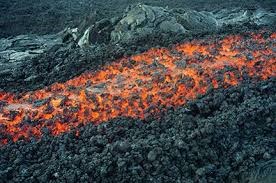
'Aa'(the  Hawaiian meaning "stony" or also "burn") or escoriaceous is one of three basic types of lava flows. The lavas 'Aa' are characterized by their uneven surface resulting from rapid loss of gas. It consists of fragmented lava blocks called clinker.
The surface of a lava drained 'Aa is loose, fragmented and rough and serrated making it difficult to walk on it. The clinker surface covering a solid core which was disposed over the active area during the movement of this drained. As the viscous core washes moves along the slope the clinker is drawn to the surface of drained. In front of the Aa type disposed the cooled fragments fall towards the base and are covered by drained it goes. This leads to the formation of two layers of cooled fragments: one at the base and one on top of lava drained. The lavas of Aa type are generally more viscous than pahoehoe type and the latter can form disposed Aa if the lava flow becomes turbulent due to the presence of obstacles on the ground.
'Pahoehoe

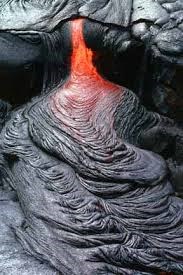
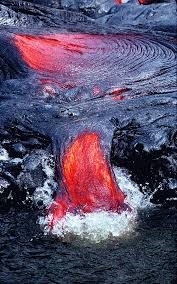
Pahoehoe(the Hawaiian pahoehoe, meaning "soft") or corded are usually disposed of basaltic lavas. Its surface is smooth and strung. The advancing disposed such as a series of small lobes and toes that continually disrupt the cooled surface. The texture of the surface of the lava flows of pahoehoe type is very variable presenting various forms referred to sometimes as lava sculptures.
'Pillow lava'
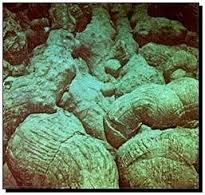
Pillow lava (English, which means "lava pad") or washes pad. Pillow lava lava flows are typical of submarine volcanic eruptions. This name is due to its roughly spherical section, like pillows. The pillow lava are formed not only in deep sea, but also when the subaerial lavas run the slopes coming into contact with the sea, rivers or lakes. The vitreous surfaces of these lavas are not smooth, present cracks, wrinkles and stretch marks linear many of which intersect at right angles. The pillow lava can be found in a wide variety of shapes including bulbous, spherical, flat, elongated and tubular, and vary in diameter of several tens of centimeters to several tens of meters, however, its typical size ranges from 0.5 and 1 meter. The interior of the pillow lava cools more slowly than the glass external cover and, consequently, is more crystalline. Crystallization progressively slower cooling rates inward produces a considerable variety of textures in rocks.
Acidic Magma
Silica content:> 70% Composition: Riolítica Viscosity: Large external manifestation: pyroclastic formation. Density and melting point without disposed. The higher the percentage of silica, the higher the viscosity, the lower the temperature is, lower tendency to form larger to form lava and pyroclastic rocks. The lower the percentage of silica, the lower the viscosity, the higher the temperature, the greater the tendency to form lava and pyroclastic rocks to form smaller.
Basic lavas
Will consist of basalt base hence its resemblance to the same, are not very viscous, they reach temperatures of 1100 ° C to 1200 ° C. About 80% of lava spewed by volcanoes are basic, travel long distances moving slowly. The volatile fraction, is relatively low, releases easily. It is in effusive eruptions that, in general fashion, this type of lava is released.
Acidic lavas
Has temperatures between 800 ° C and 1000 ° C, has high viscosity, flows more slowly and solidifies inside the crater or very close to it. Because of its viscosity gases have difficulty in freeing, causing great tensions and consequent extremely violent explosions. The violence of these explosions can lead to partial or total destruction of the volcanic apparatus and spray the lava, solidified or pasty, which accumulates in the crater. The fragments are designed, solidifying those still pasty in its path through the air and eventually fall under their own weight. These solid fragments are called pyroclastic rocks and between them can be present fragments of the host rock chimney. The more violent is the explosion, the smaller the size of tephra. These can be classified according to the size of the fragments.
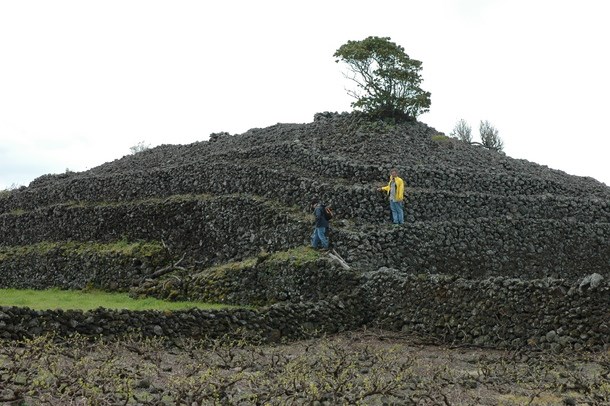
MAROIÇOS
The existing maroiços in various Azorean islands were built by accumulation of lava "Aa" (biscuits) and are a form of unfolds.
"Many of the Azorean land characterized by the presence of abundant pyroclastic products. This "cookie ground" was tapped to grow cereals, certainly on a date prior to the eighteenth century, when corn became widespread in the archipelago. The need to clear the land to make it arable forced removal of loose stones, usually small, that can not be arranged in a system of walls, had to be accumulated on site. Thus, there has been a monumental landscape, dominated by large rock piles (maroiços) of roughly conical shapes, pyramidal, often staggered or with the elongated massive structure, more or less extensive. The maroiços have side faces of irregular device, built with large stones, while the infill and the convex top are made of piled rubble. These great masses are organized in space and articulated with enclosure walls, delimiting the housing and farmland. In the vineyard areas where the walls did not pack all the stones, maroiços also rose, in this case, it is a secondary landscape element. Both in areas of folds and areas of maroiços, the rubble was used in false dome buildings that served as possible under the growers, tools and supplies. The Maroiço shelters are small buildings within large piles of stone, communicating directly with the land cultivation 7. The dimensions of the will indicate that the construction was mainly used as shelter workers and agricultural implements”.
TO PERFORM AND LOG THIS EarthCache:
QUESTIONS:
To "find / register" this cache must: prove that visited the site and answer the following questions by sending an email / message Geocaching, with answers (in Portuguese or in English, only) to our profile.
Only later, sending the answers, and as the "guidelines" for EarthCaches should make your registration! They will be removed from all records that do not meet these requirements.
1. From the description of this EarthCache, answers the questions:
a) What is the difference between magma and lava.
b) How many "types" of lava are there?
c)In what rangedoes the temperature ofmolten lava vary?
d) Distinguish basic lavas from acidic lavas.
e) Identify the "type" of lava usually used to build a Maroiço.
2. In the area of GZ, there is a certain "type" of lava.
Observing the area of GZ answer the following questions:
a) Identify the type of lava (name) present in the GZ.
b) Define the featuresof the existing lava in the GZ
c) Estimate the area of the existing lava phenomenon in the GZ.
d) Identifie the "type" of rock in the GZ.
3. From the GZ in NW direction and at a distance of 90 meters, there is a "sculpture". What type of rock constitutes it?
4. From the GZ in the northern direction and 40 meters, there is a building. What's it's name?
5. TASK (not optional): You must take a picture of yourself, where do you show up, (or with a paper / plaque with your geocaching nickname and the date of the visit) and that proves your presence in the GZ of this EC - no spoilers please. This photo must be placed in your log.
Do not post photos of the GZ.
We do not respond to your touch, unless there is a "problem" with their answers or register.




This earthache was produced during the Azores GeoEarth 2015.
INFORMATION:
This cache was part of Geotour Green Island / Greenisland.
You can take advantage to visit the headquarters of Geotour AZORES, as well as list some trackables concerning this Geotour.
THANKS:
We appreciate the special collaboration of the geocacher friend Daniel Oliveira and the
Professor Victor-Hugo Forjaz - volcanologist Engineering, Emeritus
aswell as the Volcanological and Geothermal Observatory of the Azores (OGVA).
